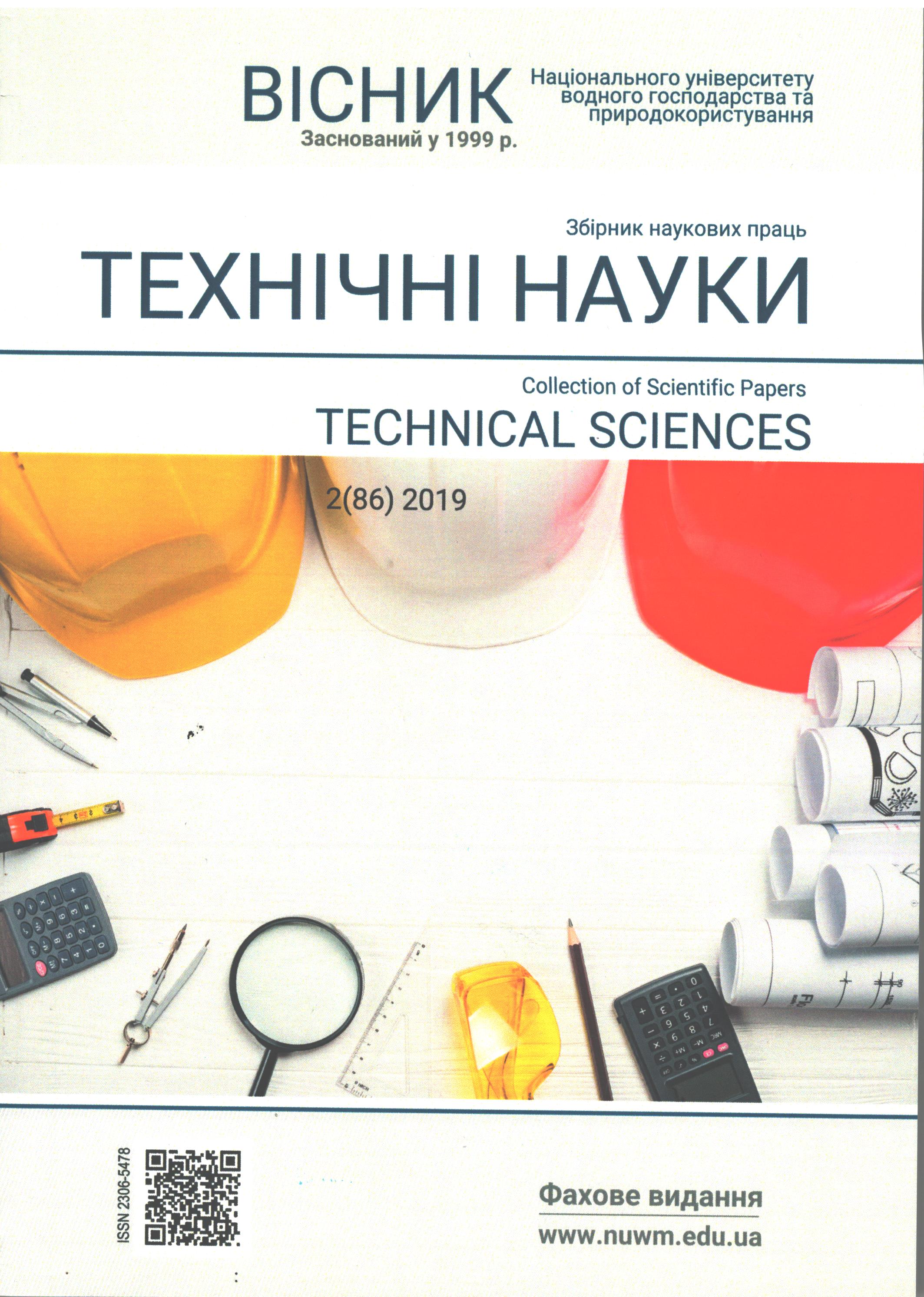EXEMPLARY NATURAL WATERS AND THE PROBLEM OF THEIR CONSERVATION IN WATER BODIES
DOI:
https://doi.org/10.31713/vt2201915Keywords:
surface water, low water hardness, biogenic elements, physical and chemical research of water composition, amberAbstract
The waters of the surface reservoirs of the Rivne Nature Reserve, and in particular the lake Bile, have an abnormally low salt content and hardness. This fact confirms the results of our multi-year andsystematic studies of water samples. We have investigated these and others indicators of water condition for 8 years from 2011 to today’s time. In this article are used the materials of water analysis until 2018 inclusive. The text deals with the analysis of relative systematized data. We used trilonometric titration for water hardness level definition, IMF methods for pH and total salt content determination and x-ray for soil analysis. This made it possible to draw conclusions about the possibility of using Lake Bile water as benchmarks for testing equipment and computer simulation of water treatment processes. Two main steps to realize it is to thoroughly examine such sources of natural water and to develop a reliable system for monitoring and protecting these natural sources from man-made and anthropogenic influences in order to maintain their composition in a stable state in the medium and long-term, that is, from 10 years or more. Also, we considered are factors that may have a negative impact on the salt content of the water. In particular, the consequences of amber mining are considered. We identified the hidden problem in this process. The waters of a deep ground ambercarrying layers have significantly higher rates of hardness and salt content. According to difractometric analysis the soil samples taken from amber mining wells contain CaCO3 (calcium carbonate). It can easily dissolve in water and rise a hardness salt content. That's why we can make a conclusion, that when surface water, which contacts with these minerals is arrived back to the water reservoirs it can break the salt balance. As a result in some time it may change biodiversity and lead to the extinction of unique plant species. In this text we show only the chemical part of this problem. It also requires consideration by the biologists and ecologists. Our investigations are still in process, and we are working on simple and cheap technological decision of this problem.References
Лапінський А. В., Толстопалова Н. М., Кримець Г. В., Савицька М. А., Костоглод О. Б. Хімічні методи виявлення техногенного та антропогенного навантаження на природні водні об’єкти. Природа Полісся: дослідження та охорона : матеріали міжнародної науково-практичної конференції, присвяченої 15-річчю Рівненського природного заповідника та 10-річчю Рамсарського угіддя «Торфово-болотяний масив Переброди». Рівне : Овід, 2014. С. 198–200.
Бетехтин А. Г. Курс минералогии : учебное пособие. М. : КДУ, 2007. 721 с.
Богдасаров М. А. Янтарь из антропогеновых отложений Беларуси. Брест : Изд-во С. Лаврова, 2001. 124 с.
Юрин В. М. Основы ксенобиологии : учеб. пособие. М. : Новое знание, 2002. 267 с.
Vaughn J. Waste Management: A Reference Handbook (Contemporary World Issues Series). Jacqueline Vaughn. Santa Barbara, Kalifornia, USA : ABC-CLIO, 2009. 271 p.
REFERENCES:
Lapinskyi A. V., Tolstopalova N. M., Krymets H. V., Savytska M. A., Kostohlod O. B. Khimichni metody vyiavlennia tekhnohennoho ta antropohennoho navantazhennia na pryrodni vodni obiekty. Pryroda Polissia: doslidzhennia ta okhorona : materialy mizhnarodnoi naukovo-praktychnoi konferentsii, prysviachenoi 15-richchiu Rivnenskoho pryrodnoho zapovidnyka ta 10-richchiu Ramsarskoho uhiddia «Torfovo-bolotianyi masyv Perebrody».
Rivne : Ovid, 2014. S. 198–200.
Betekhtіn A. H. Kurs mіneralohіі : uchebnoe posobіe. M. : KDU, 2007. 721 s.
Bohdasarov M. A. Yantar іz antropohenovуkh otlozhenіi Belarusy. Brest : Іzd-vo S. Lavrova, 2001. 124 s.
Yurіn V. M. Osnovу ksenobіolohіі : ucheb. posobіe. M. : Novoe znanіe, 2002. 267 s.
Vaughn J. Waste Management: A Reference Handbook (Contemporary World Issues Series). Jacqueline Vaughn. Santa Barbara, Kalifornia, USA : ABC-CLIO, 2009. 271 p.

